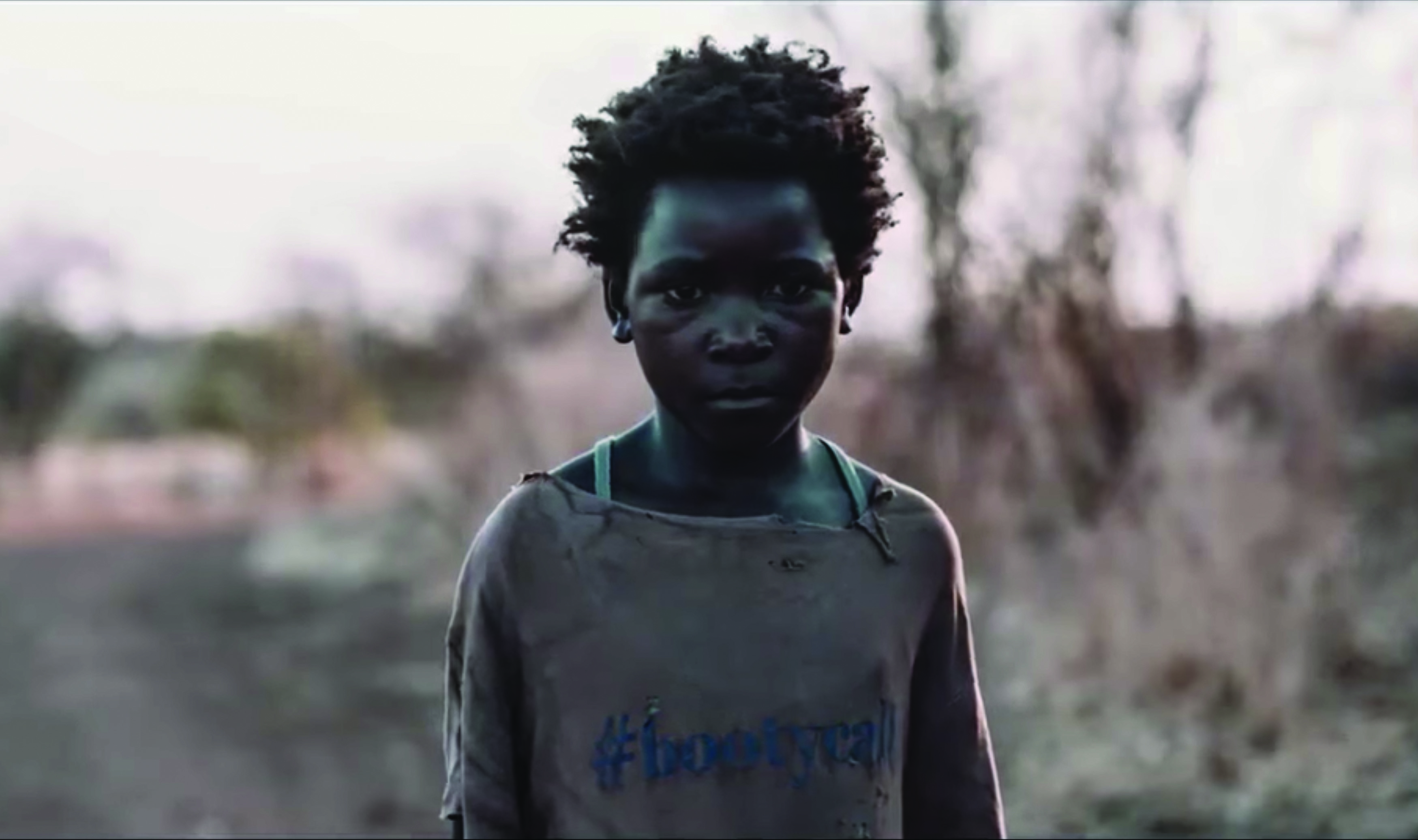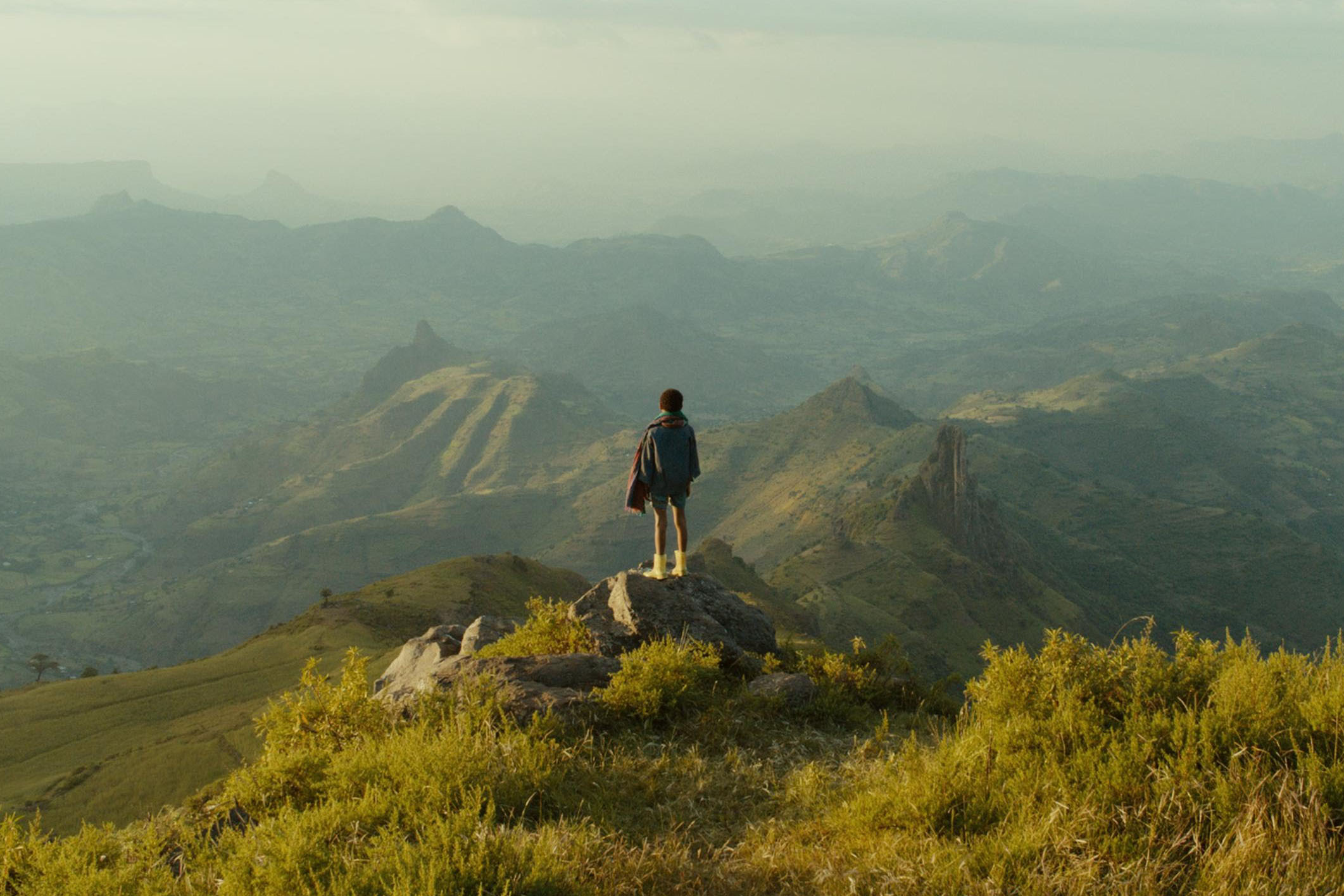Ethiopia’s current drought is worse than any other it’s seen during the past 50 years. International aid is sparse because the country has been drying up slowly over time.
In the humanitarian sector, raising funds for emergency relief efforts can be a tricky business. Media headlines often portray tragic incidents–such as earthquakes and hurricanes–with shocking images and sensational choice of words. How successful media is at attracting public interest to a particular issue can mean how much funding is raised for relief. This can also lead to an imbalanced distribution of aid money as funds are channeled into the most public humanitarian causes.
The world does a fairly good job of responding immediately when a sudden tragedy strikes in developing nations. It is, however, more difficult to grab international attention if a disaster develops at a much slower pace and its effects are subtle or not immediately visible.
Ethiopia has faced this dilemma as it suffers its worst drought in 50 years. As a result, crop failure hit every kind of harvest, including corn and sorghum across the country. Ethiopia is sub-Saharan Africa’s biggest consumer of wheat and also one of the most populous nation in the continent. Ethiopia will need $1.1 billion in order to provide food for more than 18 million people in 2016, according to the United Nations’ reports. This figure is unimaginable for a country whose 30 percent of the population survives on less than $1.25 a day.
Signs of disaster were apparent during last year’s serious lack of winter rains. “[Spring rains are] not terribly reliable, you see them fail fairly frequently, but this year they failed quite spectacularly,” said John Graham, head of Save the Children aid group, in an interview with National Public Radio. Hopes were high for the summer rains to help the situation but failed when El Niño confused the global weather system by periodically warming up the Pacific Ocean.
It was officially announced in August of 2015 that Ethiopia was suffering the worst drought in many years. Livestock’s-cattle in particular-died when pastoral regions were severely affected and became arid. Serious cases of starvation are inevitable when a drought hits a nation where the main source of life for 80 percent of people is land. “People by tens of thousands had to trek into places where they could get water, get food. A lot of children were severely malnourished,” Graham said.
Soon after the August announcement, the Ethiopian government and the UN began to assess and estimate their needs. They developed a detailed plan to assist 4.5 million people at risk of starvation. Major donor nations, including the United States, were asked to take part in raising funds for the issue. In the following months, however, the numbers started to rise. By early this month, it was announced that $1.4 billion was needed to feed and assist more than 10 million people until next June.
Although the figures for needs were rising, there was a case of under-funding as donor nations were not proactively contributing to the cause. Currently, there is a $1.2 billion dollar shortage in international aid funding for Ethiopia. Purchasing and delivering emergency food to the victims of famine is a lengthy process; to deliver assistance on time, an immediate increase in funding is imperative.
In present times, relief efforts are being carried out with $200 million contribution from the Ethiopian government. However, it won’t be long before greater support is needed. The number of people who are starving is not significant right now; this lacking sense of immediacy makes it harder for fund-raising.
Graham finds the situation outrageous, “Are we supposed to wait until we have these children suffering and malnourished, before people are going to respond?”
Examples from history show that this is not the world’s first time to fail in preventative efforts before a disaster strikes. In the mid-1980’s, thousands of people were killed in Ethiopia from a lethal case of famine. The world didn’t respond until the disastrous effects were apparent in the media.
It is only natural as humans to stop a blind man before he falls into a pothole. It is time for the media and politicians to learn from the failures of human history. The looming disaster in Ethiopia may be a chance for redemption from our past mistakes.
As students we are given chances and opportunities to take initiative and decide which media sources we will listen to. Staying informed and aware of issues that may be overlooked by the media is imperative for not only our future, but for those whose lives depend on media attention.






